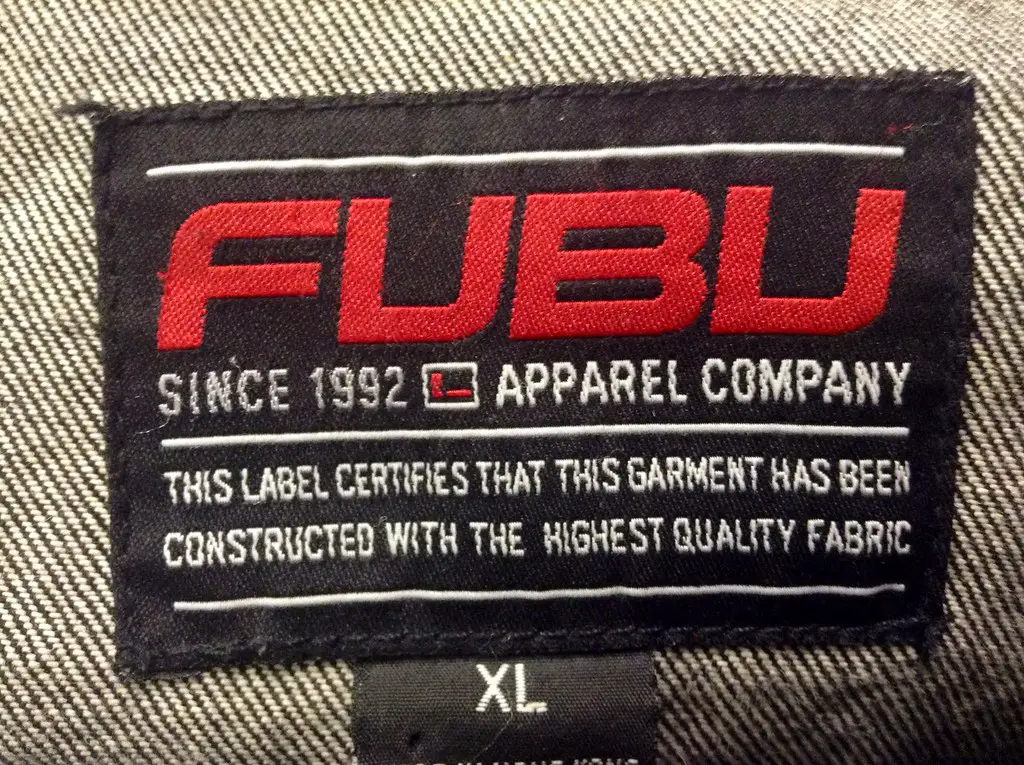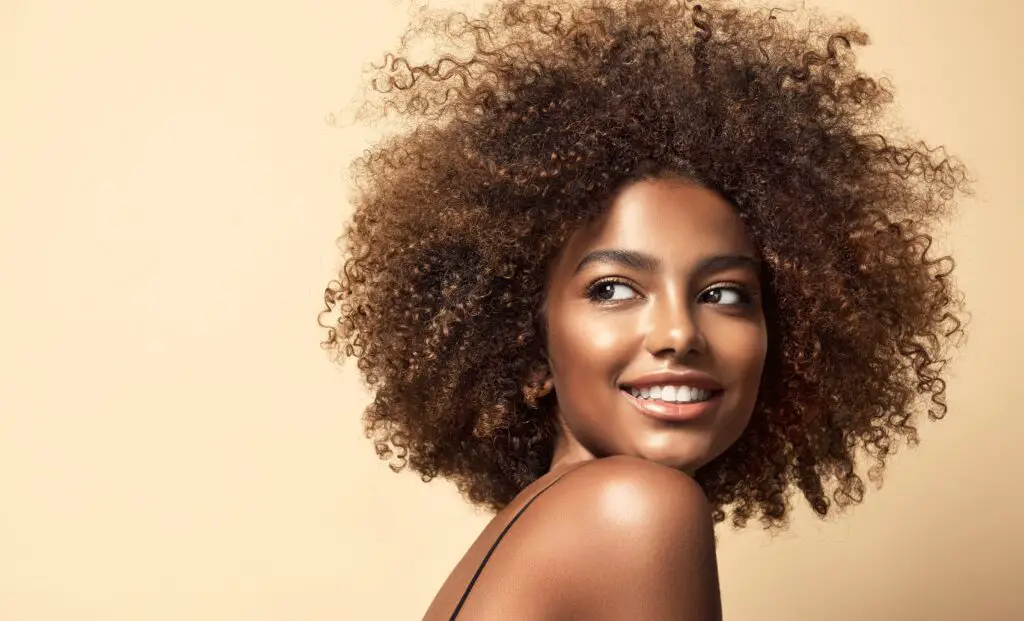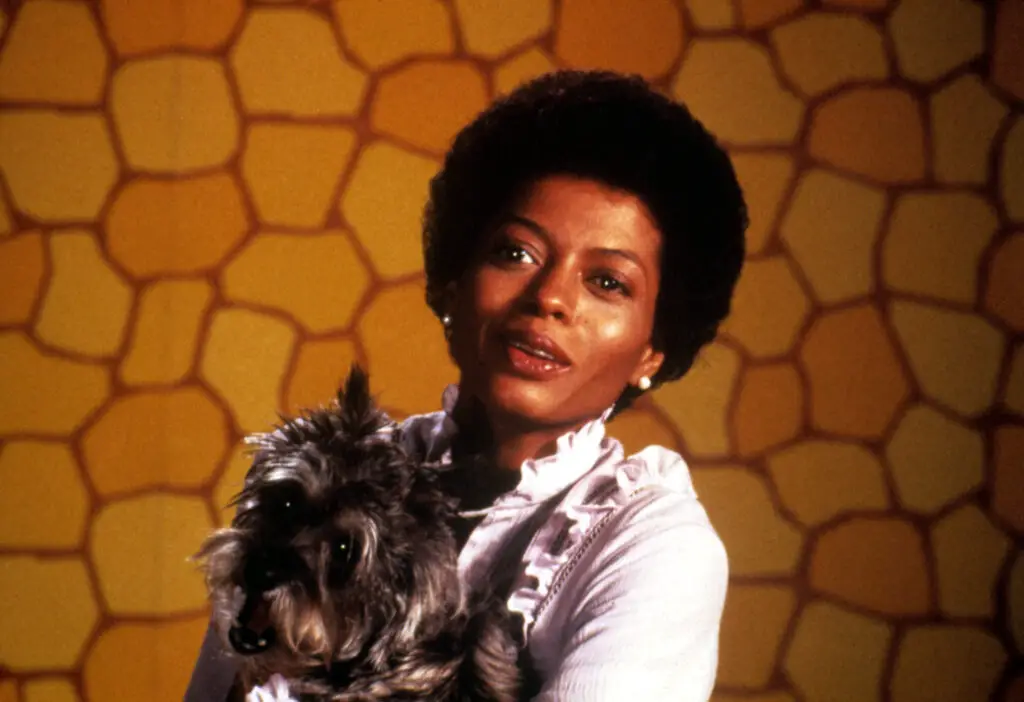1. The Birth of Streetwear Culture

Streetwear has become a dominant force in the fashion world today, but its roots can be traced back to Black communities in the ’80s and ’90s. It all started with hip-hop culture, where artists like Run-D.M.C. and LL Cool J brought oversized jackets, bucket hats, and flashy sneakers to the forefront. These fashion choices weren’t just about looking cool—they represented a break from mainstream fashion and an embrace of individuality. As hip-hop exploded, so did the demand for the kind of casual, yet bold style that could be worn on the streets and in the clubs alike says the Business of Fashion.
Brands like FUBU, founded by Daymond John, were born out of this movement, giving young Black people a chance to claim their own fashion identity. The style was simple but powerful—hoodies, baggy jeans, and logo-heavy pieces that said “I am here, and I am unapologetic.” Over time, this aesthetic evolved from being a subculture to a global trend, as designers like Virgil Abloh and Kanye West made it clear that streetwear was here to stay. Today, high-fashion brands like Louis Vuitton and Gucci have embraced streetwear elements, but it all began in the Black community.
2. The Power of the Afro

The Afro is one of the most iconic and empowering fashion statements to come out of Black communities, especially during the ’60s and ’70s. It wasn’t just a hairstyle; it was a symbol of pride and a rebellion against Eurocentric beauty standards. Influential figures like Angela Davis and Pam Grier rocked their Afros with unapologetic confidence, redefining beauty on their own terms. The movement grew alongside the Civil Rights Movement, as Black people began to embrace their natural features and reclaim their identity in the face of a society that often tried to erase or alter it explains Hype Hair.
The Afro wasn’t just about a hairstyle—it was about making a statement. It was a bold declaration that Black hair, in all its textures and shapes, was beautiful. Celebrities and activists proudly wore their Afros as a form of resistance, making it clear that embracing one’s natural self was an act of liberation. Today, the Afro continues to inspire generations, with many choosing to wear their hair naturally as a way to honor their heritage and push back against mainstream beauty norms.
3. The Influence of Black Style Icons

Black style icons have had a massive influence on fashion throughout history, and their impact is still felt today. From James Brown’s sharp suits and pompadour to Beyoncé’s fierce stage outfits, Black celebrities have long used fashion as a tool for self-expression and social commentary. One of the most notable fashion icons is Diana Ross, who, with her glamorous gowns and larger-than-life hair, defined a bold new approach to femininity says WWD. Her looks captured the spirit of the ’70s, celebrating both individualism and collective Black excellence.
Another example is the late, great Prince, whose flamboyant, gender-fluid style broke barriers and challenged traditional norms in the fashion world. His clothes were as much a part of his artistry as his music. The avant-garde looks and the use of color, lace, and leather made him a style icon whose influence remains today. From urban street style to high fashion, Black celebrities continue to inspire the world with their unique ability to blend creativity and identity into fashion statements that transcend trends.
4. The Rise of the Urban Chic Look

The urban chic look, blending high fashion with street style, owes much to the creativity and innovation of Black communities. In the ’90s, figures like Tupac Shakur and Aaliyah merged streetwear with luxury labels, turning outfits like tracksuits paired with gold chains or oversized blazers with ripped jeans into chic, everyday fashion. It wasn’t about sticking to a specific trend—it was about mixing and matching, creating something entirely new that spoke to the diverse influences of urban life. This look was more than just about clothes; it was about attitude and self-expression.
This blending of styles was revolutionary because it challenged the idea that luxury fashion had to be elitist or exclusive. As a result, brands began to look to Black culture for inspiration, resulting in the rise of collaborations between hip-hop artists and high-end designers. These collaborations, such as Kanye West’s partnership with Adidas for his Yeezy line, proved that Black style had become a major force in the fashion industry, shaping what it means to be both stylish and authentic. The urban chic look continues to evolve, but its foundation in Black creativity remains unshaken.
